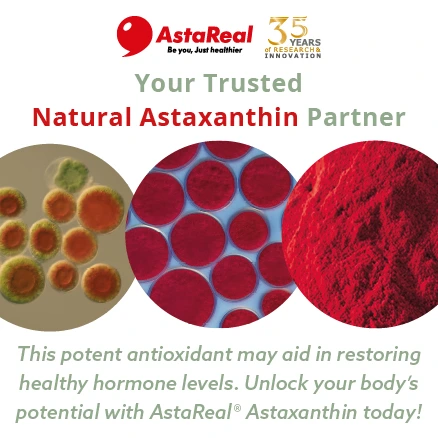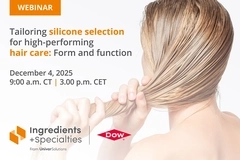Stevia-derived sweetener can accelerate hair growth, finds study
Key takeaways
- A recent study suggests that the natural sweetener stevioside can be combined with the hair-growth ingredient minoxidil in a single formula to dissolve 18 times more effectively.
- A dissolving microneedle patch made with stevioside delivered 85% of the minoxidil into the skin within 24 hours.
- Early tests in mice showed that the stevioside patch resulted in faster and fuller hair regrowth compared to standard liquid minoxidil.
A new study has found that stevioside — a natural sweetener from the stevia plant — may help boost hair growth when used inside a dissolving microneedle patch. According to the researchers, minoxidil, a well-known ingredient for hair loss, dissolves 18 times better when combined with stevioside. The Chinese and Australian research suggests combining the two ingredients into one formulation could make hair-loss treatments work faster and more effectively.
Minoxidil is widely used in the personal care industry, but it does not mix well with water and often does not properly penetrate the skin. Moreover, many alcohol-based minoxidil formulas can irritate the scalp, and the study notes common issues like “itching, rash, dandruff, and allergic contact dermatitis” caused by older formulations.
However, latest research suggests a dissolving patch using a natural sweetener may offer a gentler alternative.
The study, published in Advanced Healthcare Materials, reports that a stevioside microneedle patch delivered 85% of minoxidil into the skin within 24 hours. The researchers say the patch also helped keep the concentration of minoxidil closer to where the hair follicles grow.
Microneedling treatments are popular in dermatology clinics due to their ability to naturally stimulate hair growth by improving blood flow. The study explains that microneedling “can independently stimulate hair growth” and may help treatments work better when paired with minoxidil.
The study was conducted by researchers at China Pharmaceutical University, the University of Sydney, Australia, and Macquarie University, Australia.
Targeted delivery
Androgenetic alopecia (AGA) occurs when hormones cause hair follicles to shrink over time. The study notes that this process leads to a shorter growth cycle and smaller, weaker hairs.
 Stevia is used as a natural sweetener in food and drinks, but researchers found it may also help improve hair-growth ingredient efficacy.While liquid minoxidil works for many people, the researchers note that it is not ideal, as it does not dissolve well and often fails to reach the follicles. Moreover, users must often apply it daily for months before seeing results.
Stevia is used as a natural sweetener in food and drinks, but researchers found it may also help improve hair-growth ingredient efficacy.While liquid minoxidil works for many people, the researchers note that it is not ideal, as it does not dissolve well and often fails to reach the follicles. Moreover, users must often apply it daily for months before seeing results.
Stevioside (STV) is best known as a sugar-free sweetener for food and beverages, but its chemical form allows it to act like a small carrier for oily molecules.
The researchers found that it forms micelles, or small clusters, that can hold minoxidil more effectively. They explain, “STV solubilizes minoxidil by forming micelles in aqueous solution.”
When minoxidil stays dissolved without crystallizing, it remains more available to the skin. This could help more of the ingredient reach the follicles instead of sitting on the scalp or causing irritation.
Dissolving microneedles press into the top layer of the skin and melt, leaving the ingredients penetrated inside. The study explains that the microneedles “offer precision drug delivery” and avoid the irritation and waste associated with metal needles or harsh liquid formulas.
Sweet follicle fix
The researchers mixed stevioside with minoxidil to form a solid blend and confirmed that the resulting mixture remained in a more soluble, non-crystalline form. They molded the blend into dissolvable microneedles that could safely pierce the skin.
In early tests, the stevia-based microneedle patch helped boost hair regrowth faster than standard minoxidil solutions.In lab tests on porcine skin, the patch delivered the ingredient quickly. The scientists reported that the patch reached “cumulative drug permeation of 85% at 24 hours.” Standard 2% minoxidil solutions only reached 68% in the same timeframe.
The researchers then created a hair-loss model in mice and compared four treatments: no product, blank microneedles, liquid 2% minoxidil, and the stevioside microneedle patch.
The results showed that mice using the stevioside patch exhibited faster and fuller regrowth than the minoxidil liquid group. By day 35, the patch group reached “67.5% coverage of the treatment area” — more than double the performance of the topical solution group.
The researchers say their dissolving microneedle patch “offers an innovative transdermal approach to the treatment of AGA” and may overcome many limitations of current products. They note that human trials are still necessary before the findings can be made consumer-ready.














